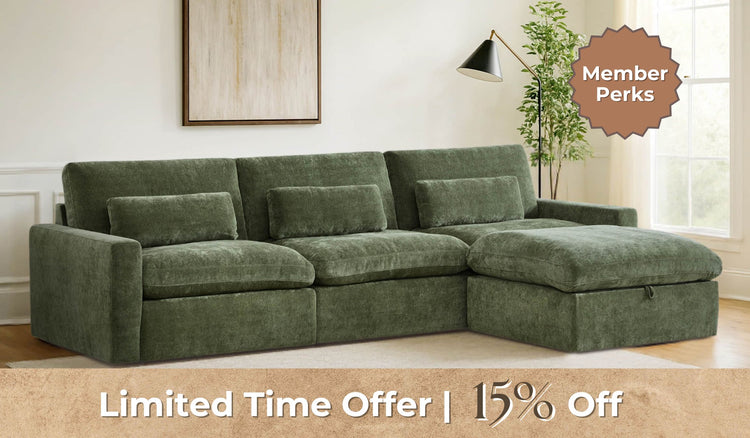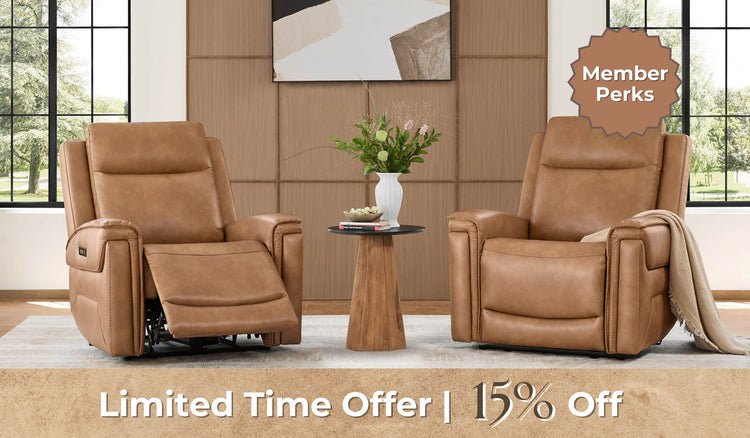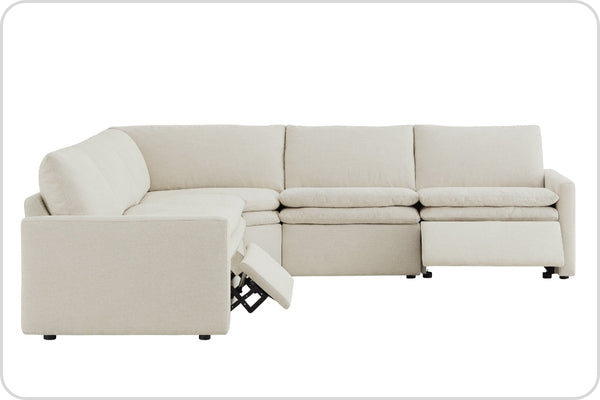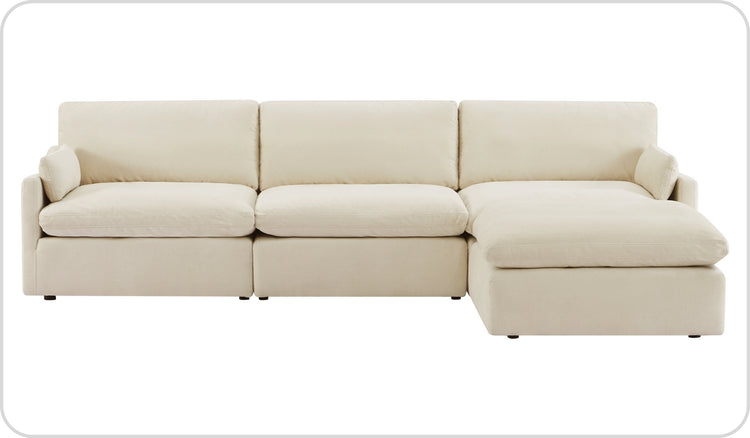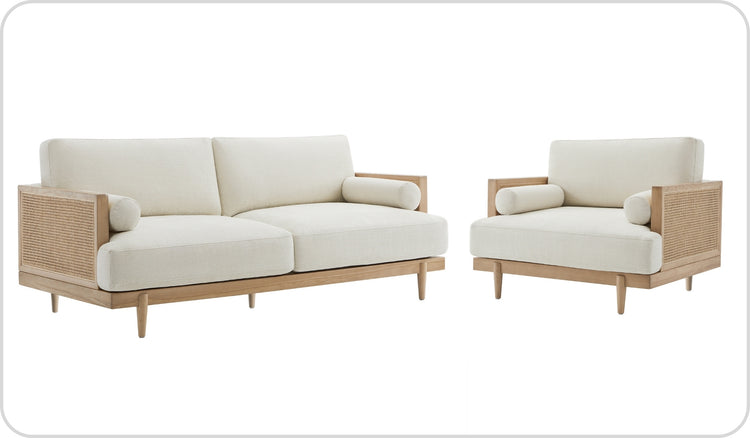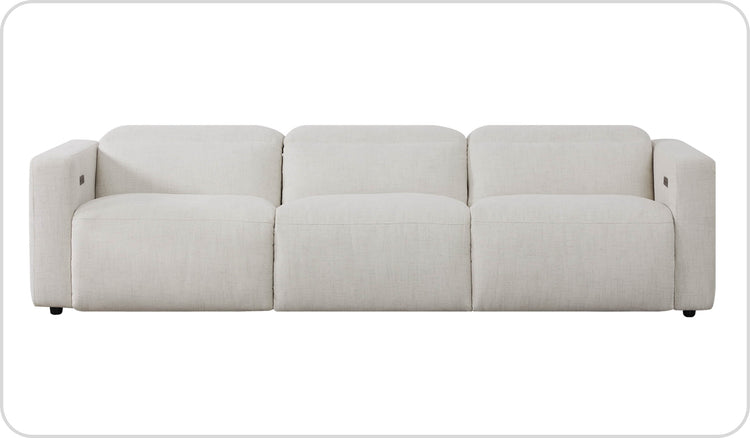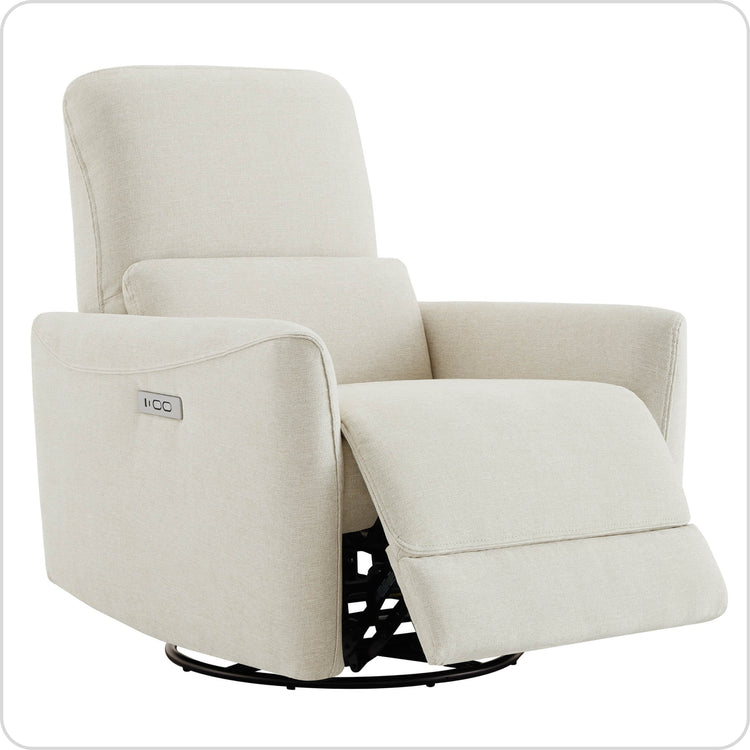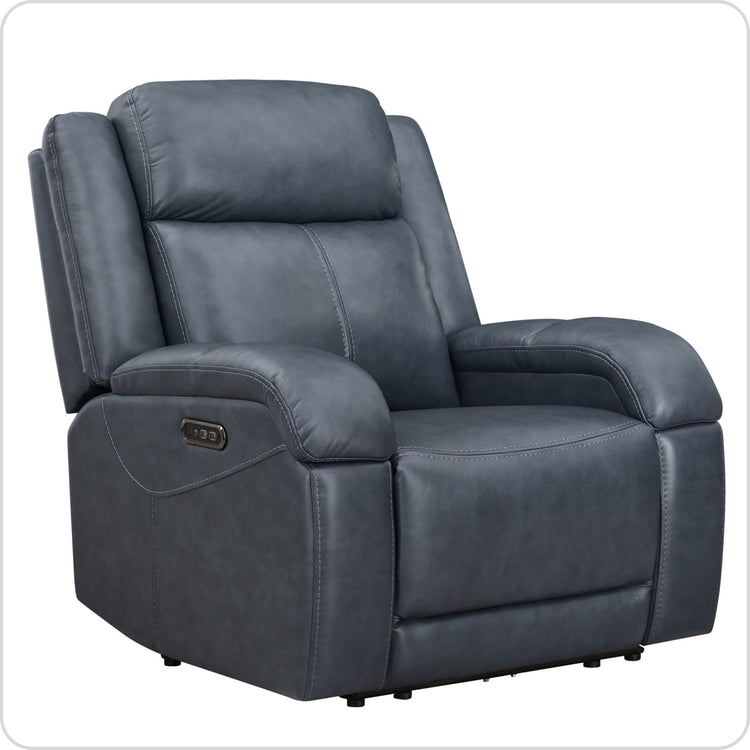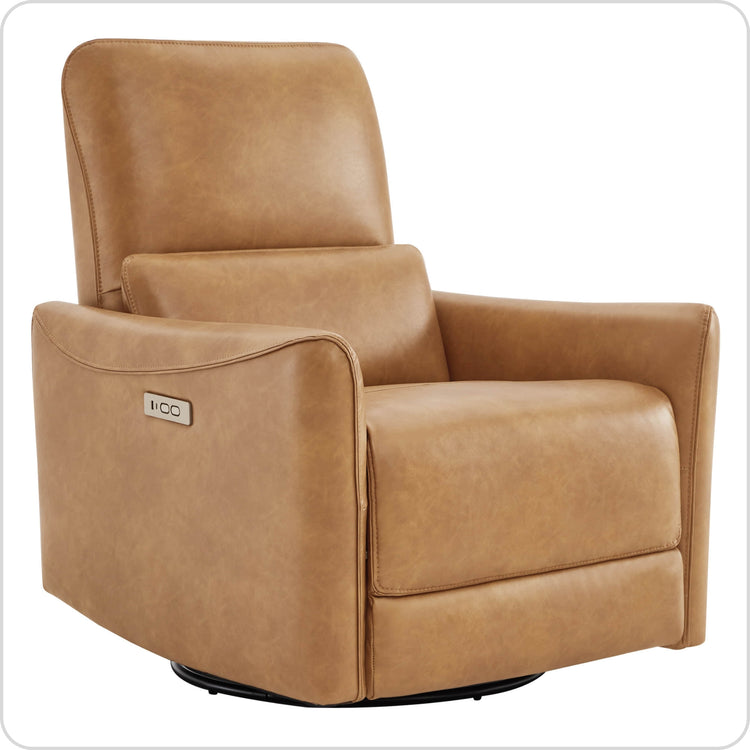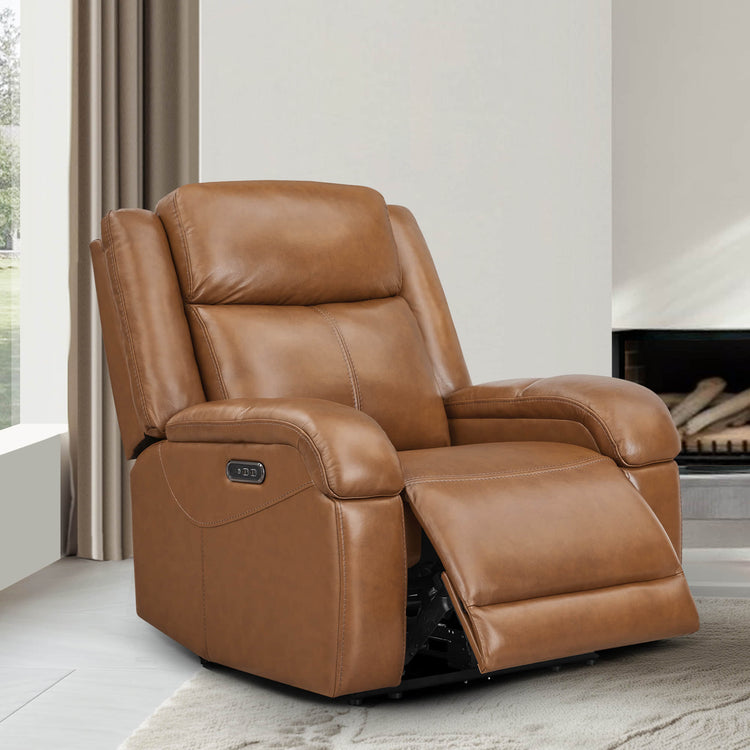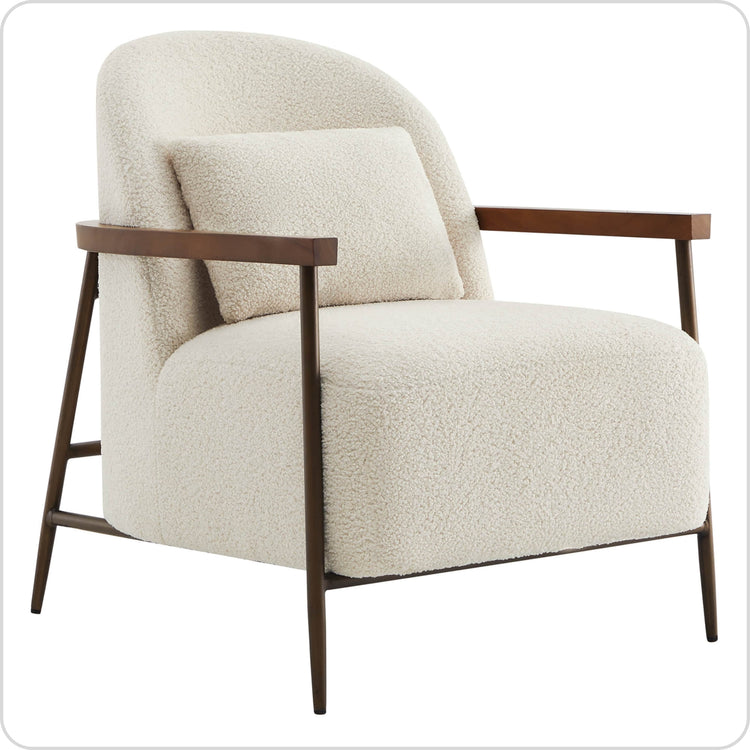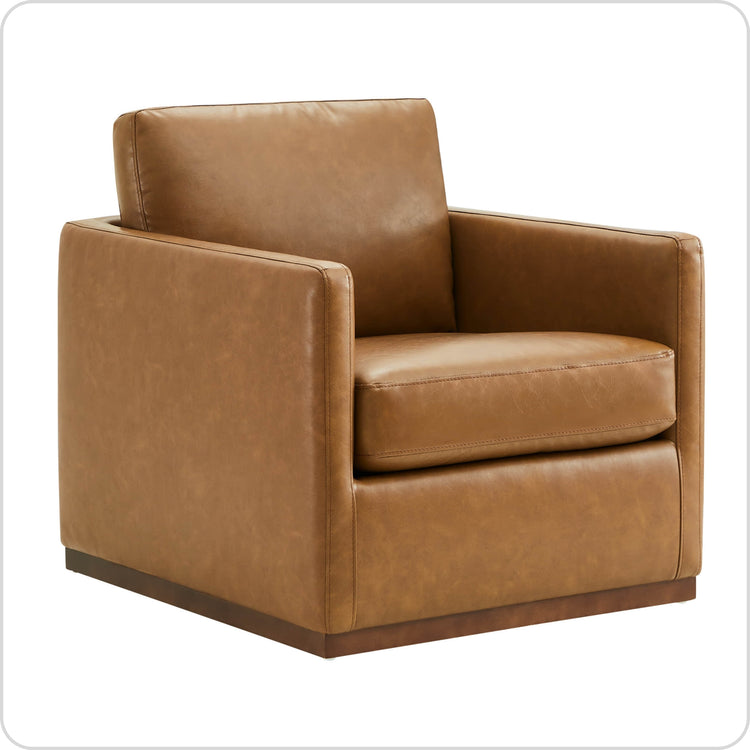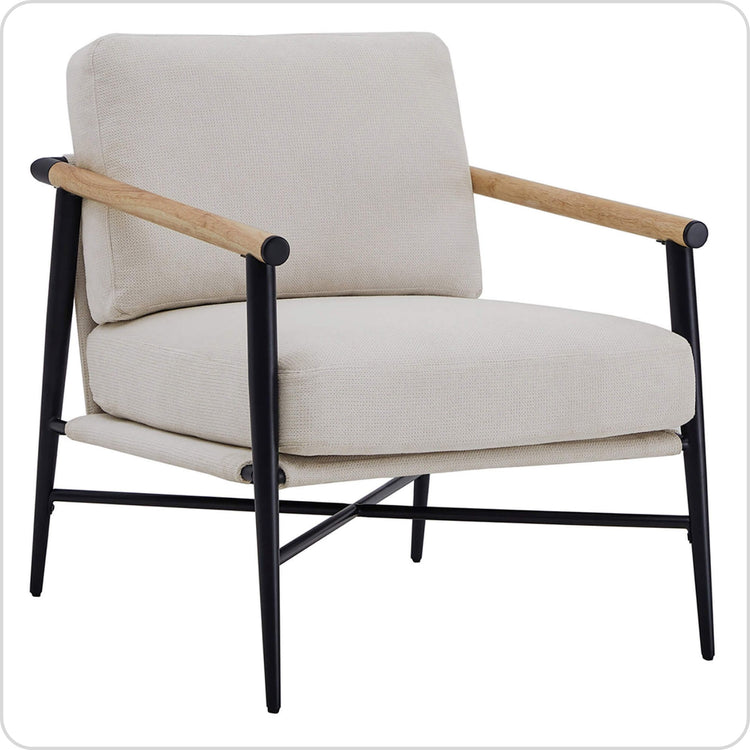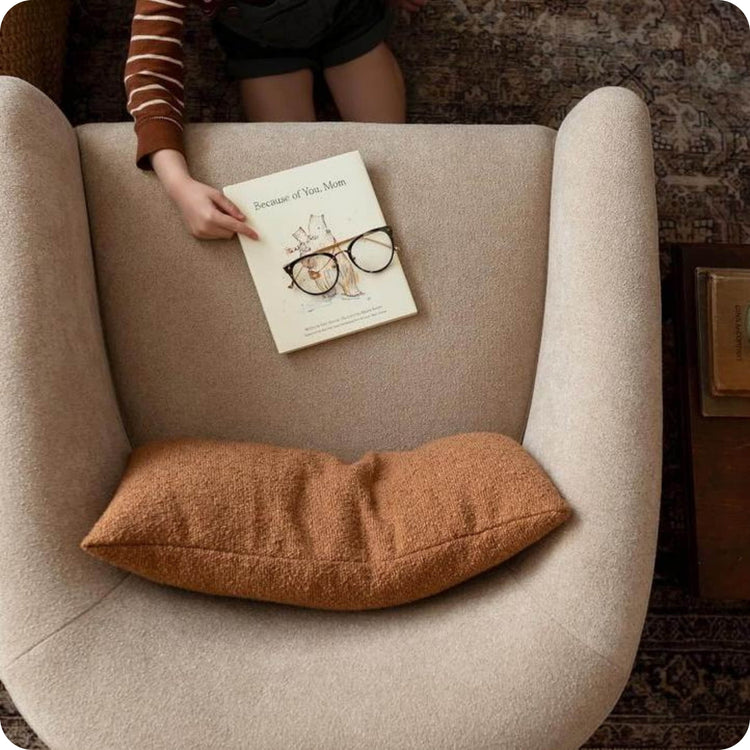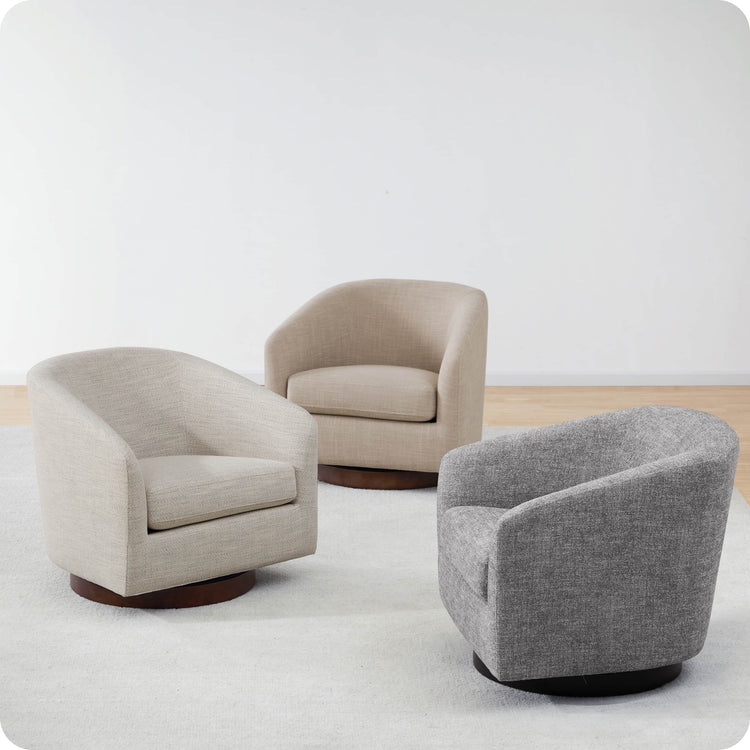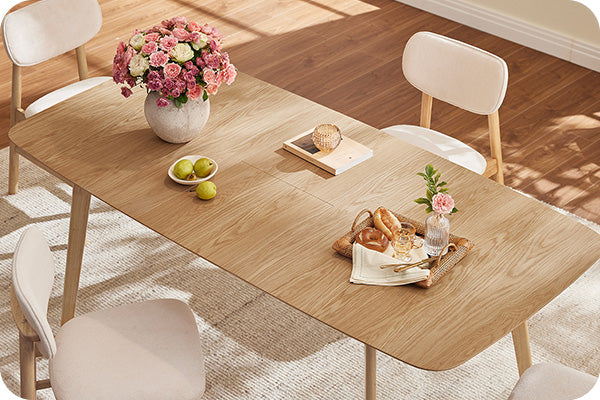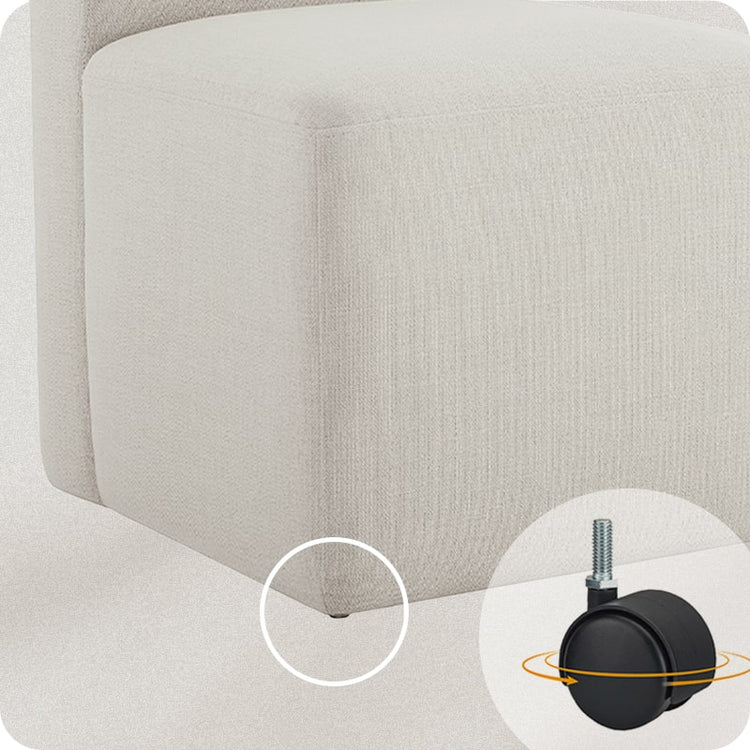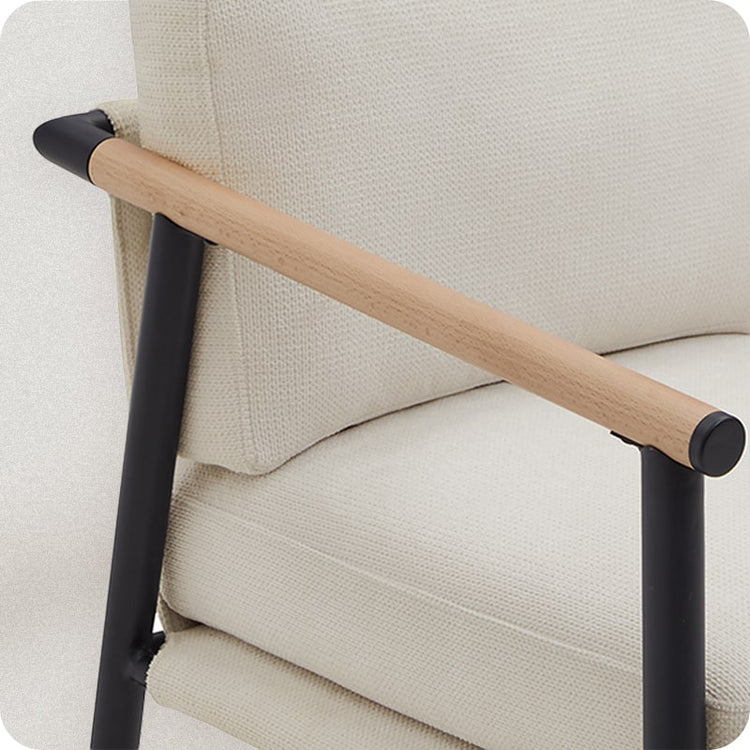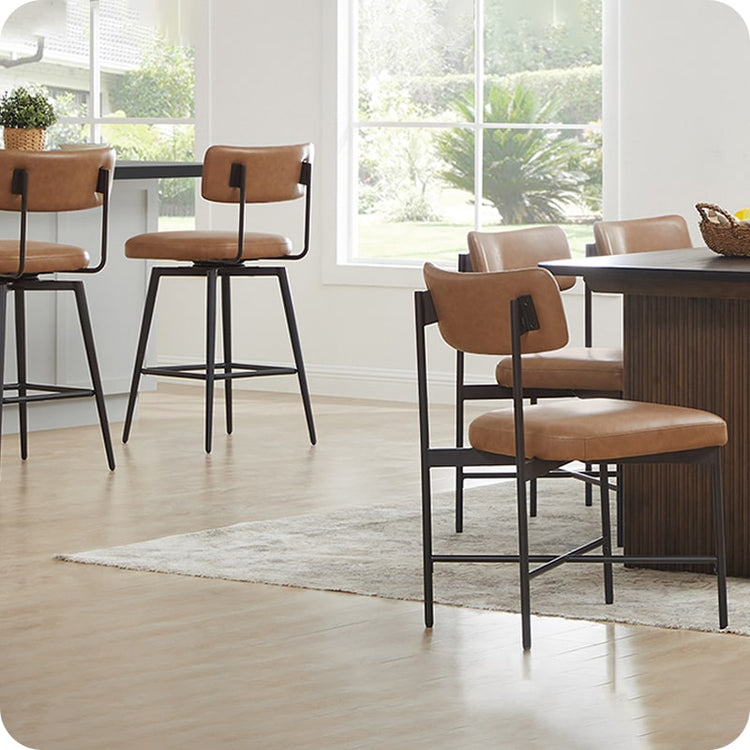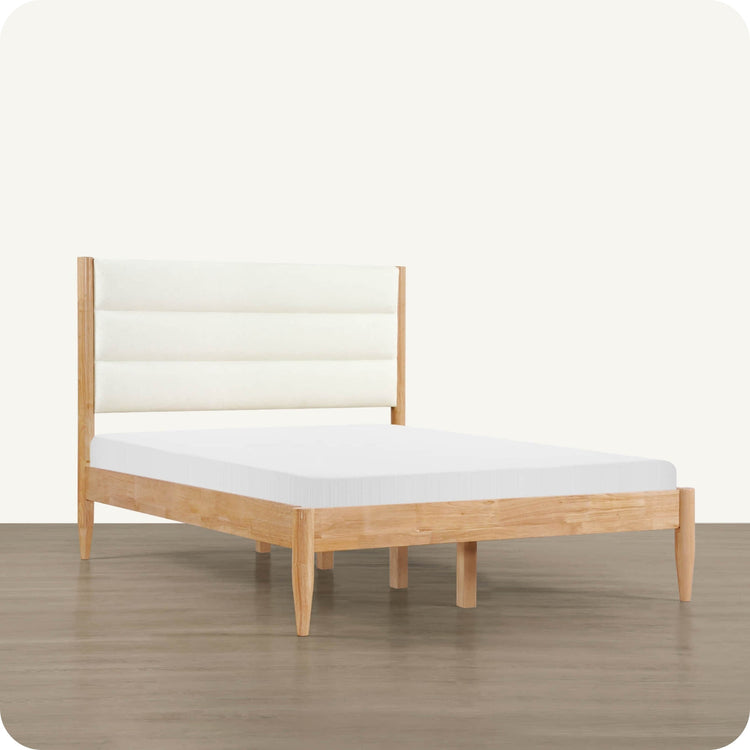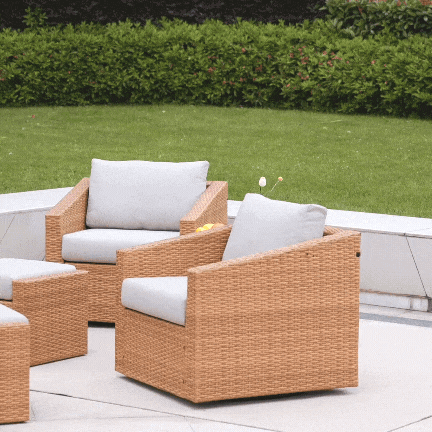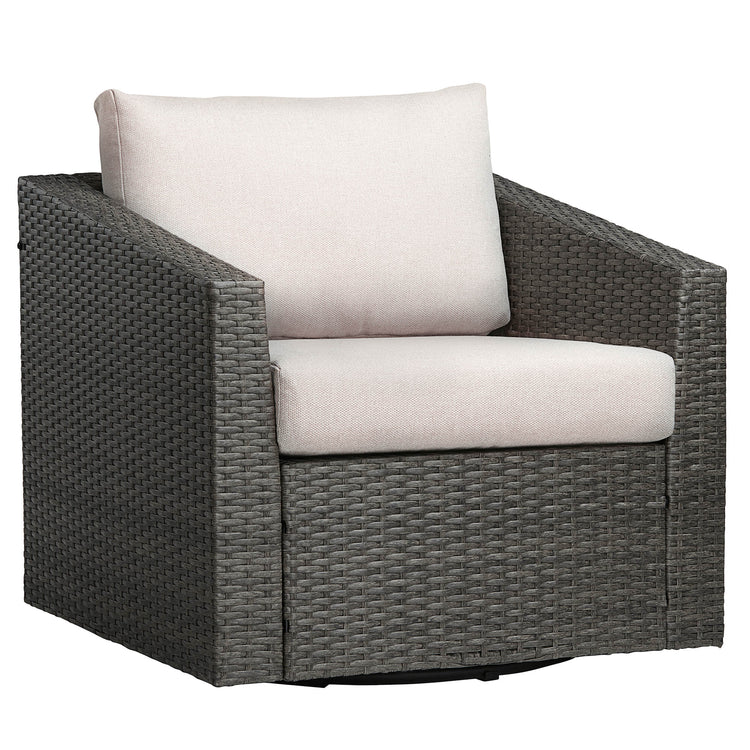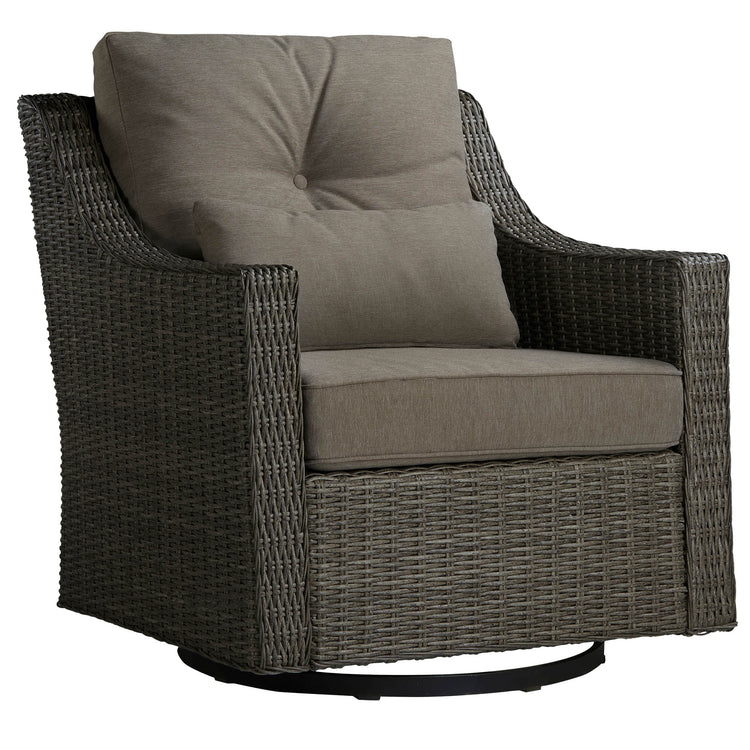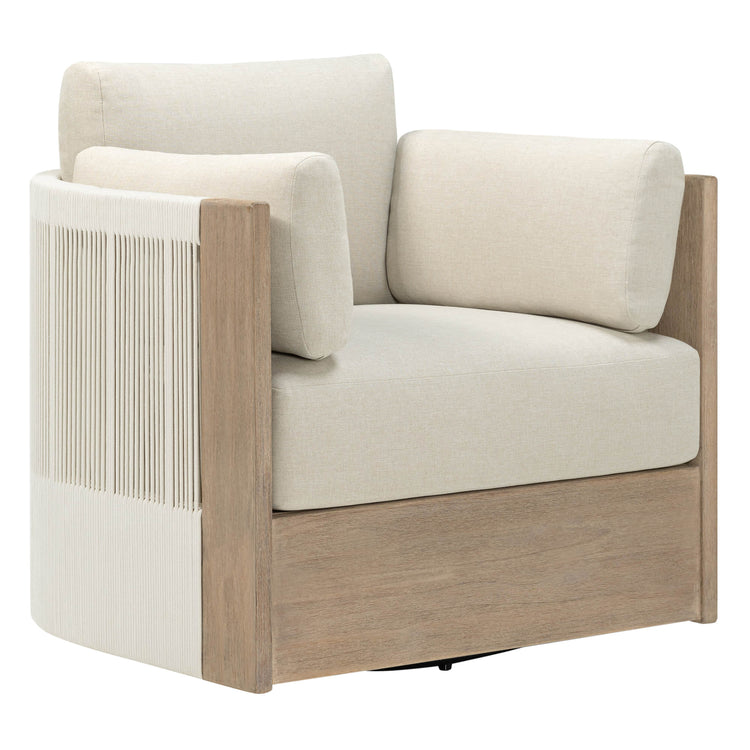Living in a small place can present opportunities as well as challenges. A well-planned furniture arrangement not only improves comfort in your house but also adds style. Whether you live in a small house, a tiny apartment, or simply a compact room, making the most of your available space is crucial. This guide will give you useful advice and methods to help you design a peaceful home that strikes a balance between practicality and beauty.
Assess Your Space
Make sure to assess your room well before arranging any furniture in it.
- Measure the room's dimensions first. A tape measure or an app can be used to measure the room's height, width, and length precisely. This makes sure that the furniture you select is the right size.
- Next, determine focal points. Decide which features—like windows or fireplaces—will serve as focal points and arrange your furniture to accentuate them.
- Finally, think about traffic flow. For easy movement, keep at least 24 inches of free space between objects. Arrange your area to make sure it is suitable for your everyday tasks and that there are no obstacles in your way.
Choose the Right Furniture
After assessing your space, it's time to select the right furniture for your small area.
Prioritize Essential Items
Before you go shopping, make a list of the furniture items you truly must have. The necessities like a dining table, a sofa, and maybe a coffee table, just include the essentials depending on your situation.
Scale and Proportion
Go for pieces that are comfortably large enough, and always avoid oversized furniture. Take note of each item's height and width. Taller bookshelves can lead the eye upward and increase the sense of space, while low-profile sofas might give the impression that the ceiling is high.

Grace Mordular Armless Sofa Chair
Multi-Functional Pieces
Besides the scale and proportion, look for items that serve more than one purpose. Here are some recommended options for you to consider:
- Modular Sofas: Modular sofas offer versatile seating arrangements and can be reconfigured into a variety of layouts to fit your demands and layout.
- Storage Ottomans: Storage Ottomans not only offer cozy seating but also provide space for books, blankets, and other necessities.
- Wall-Mounted Folding Tables: Ideal for workspaces or eating areas, these tables can be folded down to conserve floor space when not in use. Still, they provide functionality when needed.
Create a Focal Point
A striking piece of art, an eye-catching light fixture, or even a distinctive piece of furniture can serve as a focal point. For instance, if you choose a modular sectional sofa as the focal point in your room, arrange your seating around it to maximize comfort and style. Position the sofa facing a fireplace or a prominent window, allowing the natural light or warmth to accentuate the inviting mood. Add accent chairs or chic side tables as complimentary pieces to draw attention to this focal point even further. Additionally, you might add throws or decorative cushions in hues that go well with the rest of your design.
Use Zones to Optimize Layout
Your small room could function much more effectively if you create zones within it. Develop specific areas for socializing, dining, and reading. This way, all the areas fulfill their functions without looking cluttered. Rugs can be used to help distinguish these areas. For example, a small rug in front of your desk will define your office, while a soft rug placed under your coffee table will define the lounging space. Remember to connect them with one another as you arrange them. For example, if your living room flows into the dining room, facilitate movement through the transition of these rooms. For instance, you can put a console table behind the sofa to divide between the two spaces in a subtle manner.

Employ Mirrors and Reflective Surfaces
Mirrors are fabulous for giving the appearance of larger and even more open spaces. When facing windows, the reflection of natural light within the room lights up the room and creates an illusion of depth. This simple trick can make your small space feel so much warmer. Of course, mirrors aren't all there is to it! You can also use glass or metallic ornaments for this effect. For instance, glass coffee tables and bookcases allow the light through and give an airier sense of space. Also, metallic pieces can be lamps or even picture frames that would reflect light and bring a little glitter without taking up too much room.
Use Light Visual Weight Furnishings
Selecting furniture with light visual weight also helps to maintain an open, airy sense in your tiny area. Seek for items with lighter materials, such as lightweight wood or thin metal frames. These components lessen the impression of weight and cramping in the space. Items that are transparent, like glass tables or acrylic chairs, are also excellent choices since they let light in and give a feeling that the space is bigger. Just keep in mind that you should balance these lighter pieces with some heavier ones to provide harmony in your room.

Lightweight wood gives rich charm >>>Keaton Wood Base Armchair
Incorporate Storage Solutions
Effective storage will really go a long way in complementing your living space. Seats and shelving built into the wall are just perfect examples of how best space can be utilized. The other innovative manner through which you will be able to store your items without cluttering up the much-needed floor space is wall-mounted storage solutions. Shelves, hooks, and wall cabinets would showcase decorative items while serving essential storage.
Try to Employ a Neutral Color Palette
The use of color can greatly influence the atmosphere of a tiny area. Using a neutral color scheme can create a serene and well-organized ambiance, like creams, whites, and soft grays. Because neutrals are so adaptable, you can easily change the look of your home without painting or buying new furniture. Besides the neutral foundation, you can make the room more lively by adding splashes of color. To add playful elements, consider utilizing colored throw pillows, artwork, or decorative objects. In this manner, you may flaunt your individuality with colorful accessories while still enjoying the benefits of a calming neutral background.

Gianna Swivel Counter Stool: a sleek 3D molded veneer and foam
Use Vertical Space
In compact spaces, maximizing vertical space helps a lot. An impression of height can be produced with hanging plants, wall-mounted lights, and tall bookshelves. This tactic not only frees up the floor plan and adds character, but it also makes the space appear larger as well as more open.
Lighting Considerations
Lighting, especially in a small room, can make a big difference in setting the mood. Maximize natural light by hanging sheer curtains that allow the sunlight in. Employ different types of artificial lighting: combine ambient lighting, such as ceiling lights, with task lighting, like table lamps, and accent lighting, like wall sconces. This will create a nice, casual atmosphere in your room.

Bella chair under wall sconces
📸 by @fourpondsliving
Make the Most of Your Small Space!
In a small living space, careful planning and clever furniture layout are required. Measuring your area, selecting the right furnishings, and applying useful tricks will make your area seem good and feel comfortable. Let your house always change and adapt to new wants and tastes. Be creative and unafraid to try different layouts until you find that ideal flow combining style and utility.

